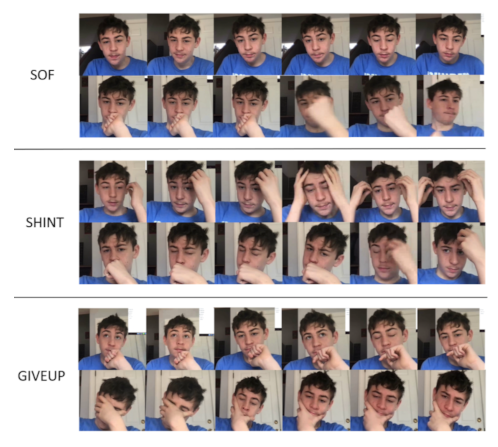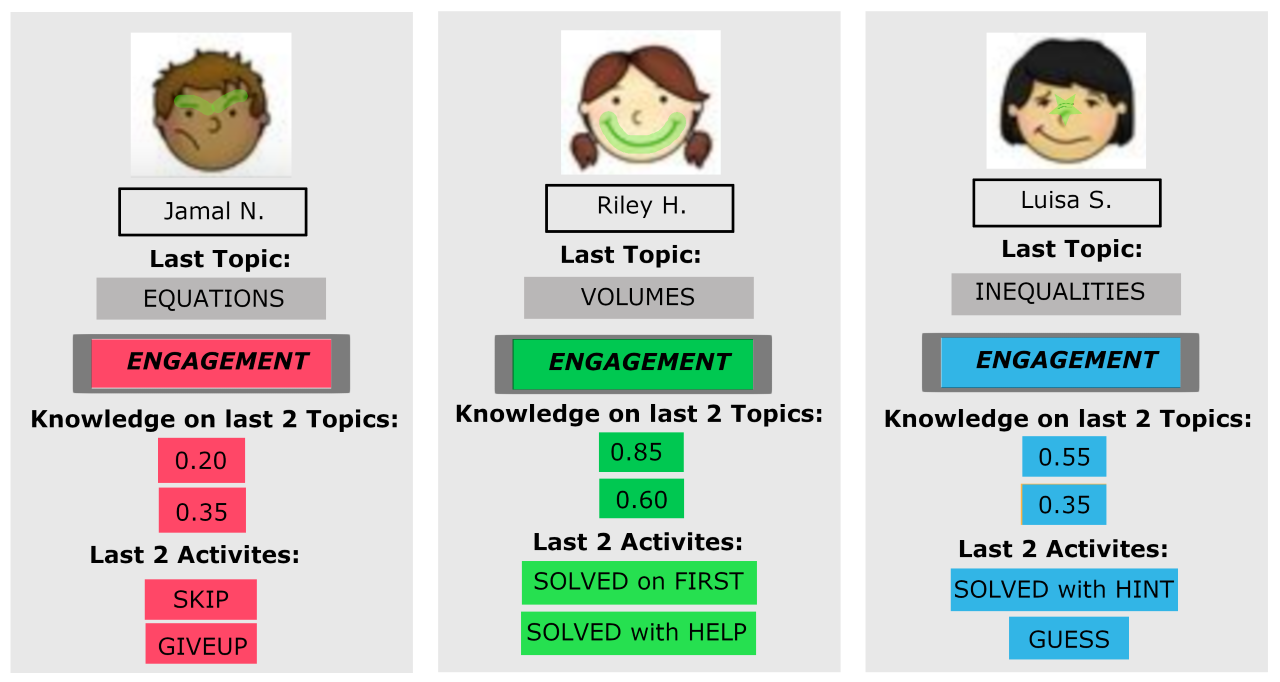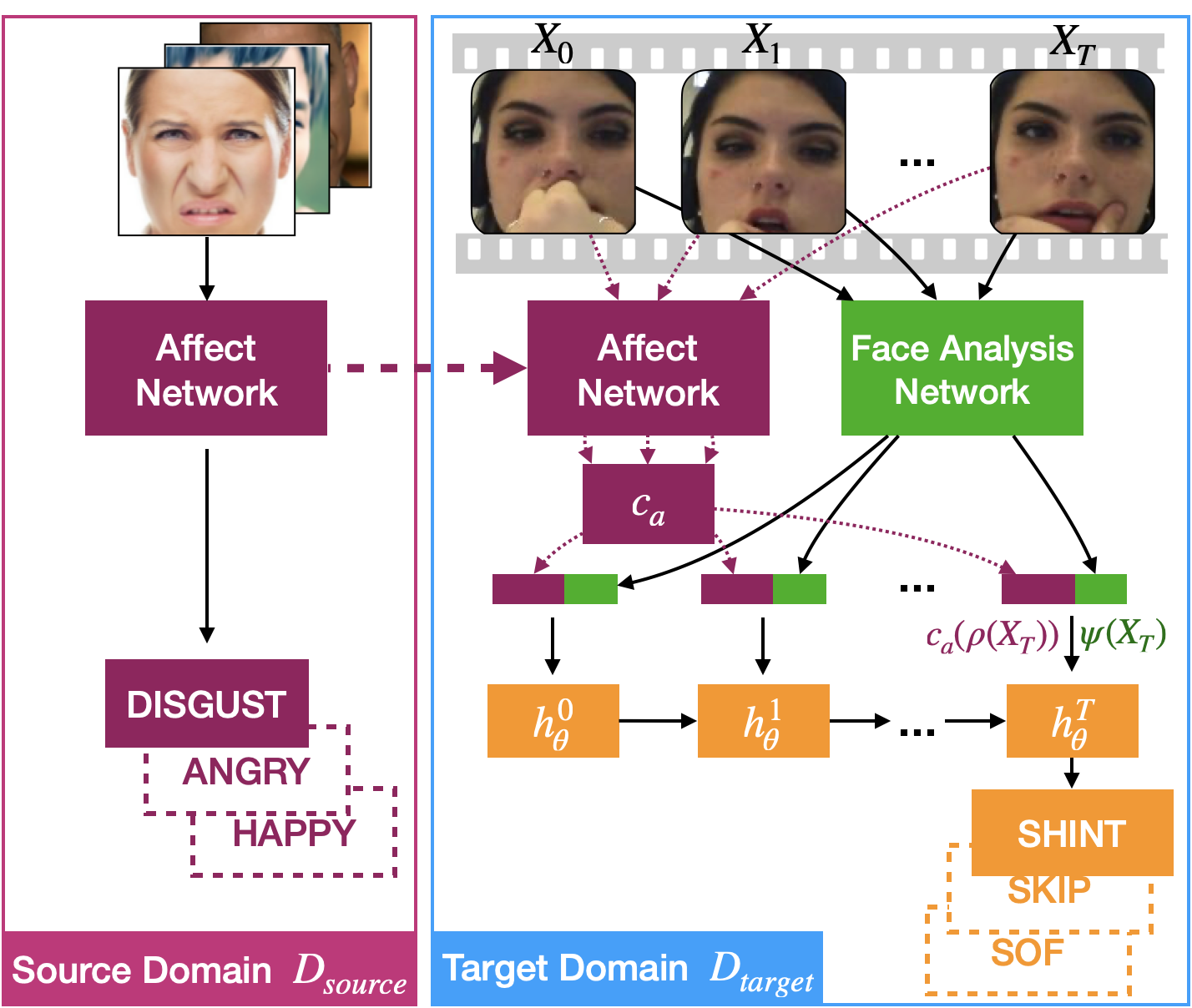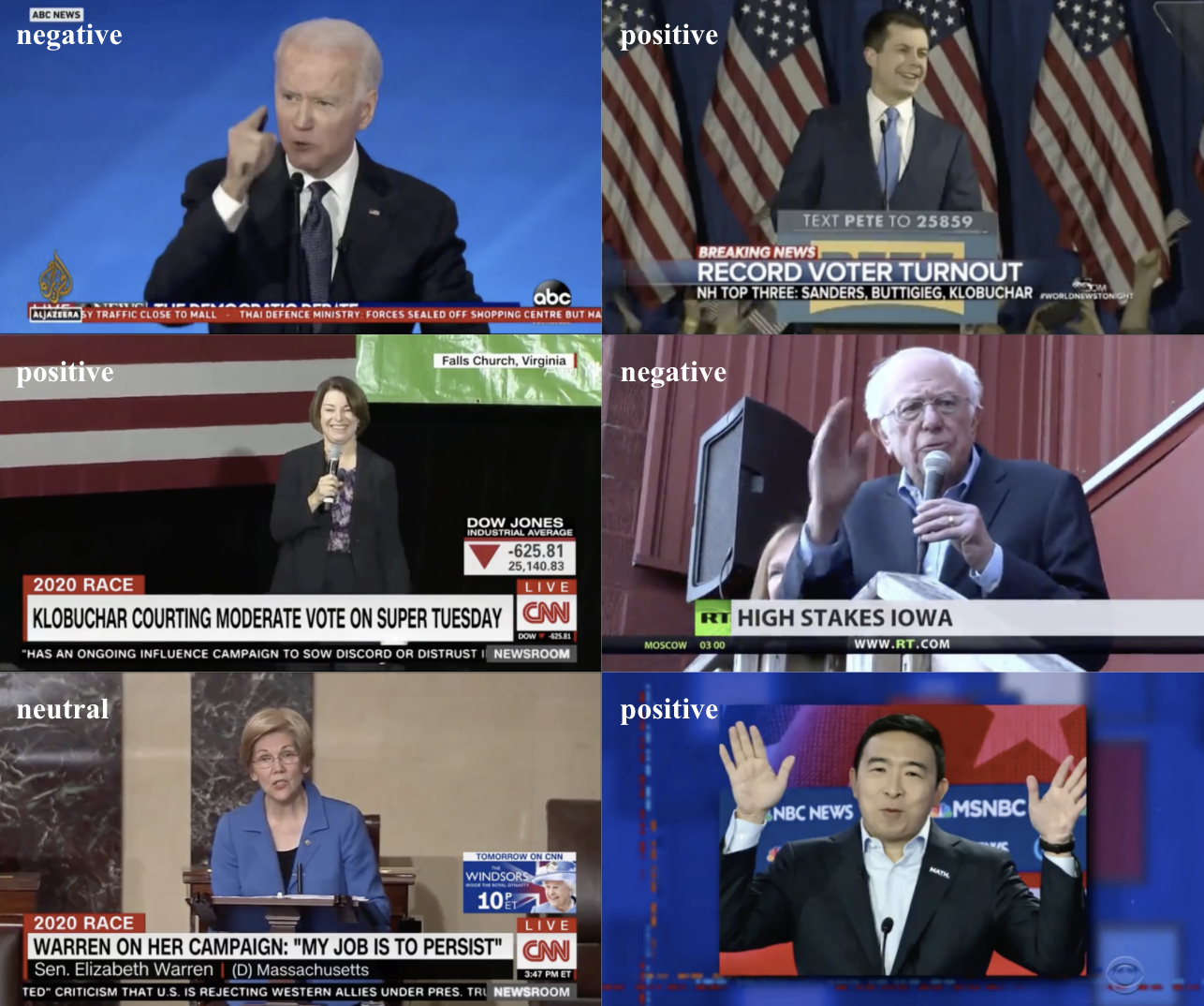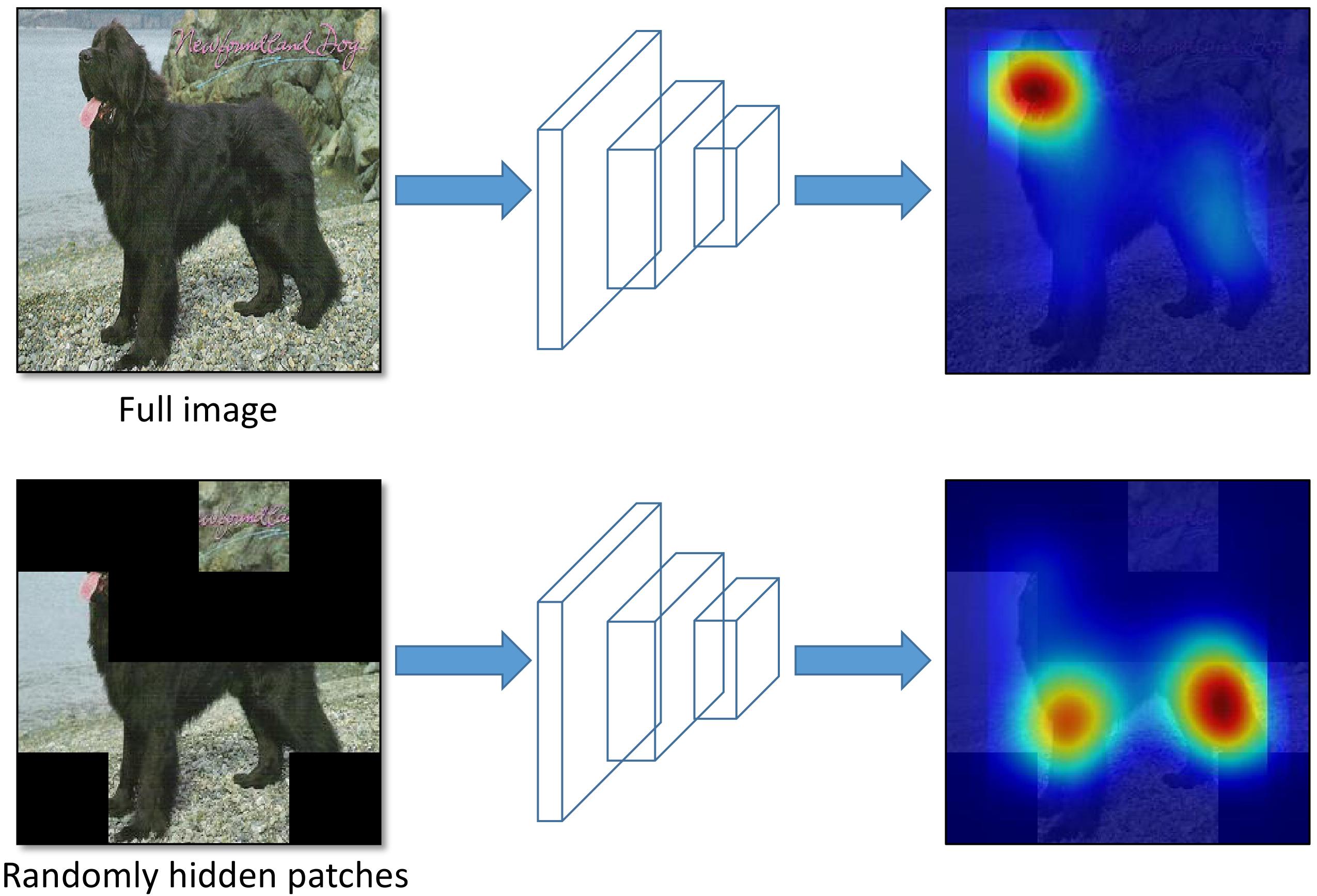|
|
Hao Yu
Ph.D. student in Computer Science
Boston University
|
Hi there! I am currently a PhD student in the Department of Computer Science at Boston University advised by Professor Margrit Betke.
Prior to joining BU, I obtained my B.S. in Computer Science at Zhejiang University. 2019 Spring, I interned with Prof. Terence Sim at National University of Singapore. I have also worked with Prof. Yong Jae Lee as a summer research student at UC Davis in 2018.
My primary interests are in computer vision, human-computer interaction, and applications of machine learning, especially in facial image processing and analysis.
We're looking for participants to join our user study for the Camera Mouse research project. If you are interested, please fill out the google form. Your participation is greatly appreciated!
Teaching
Image and Video Computing (CS 585), Head Teaching Fellow, Boston University (2024 Spring)
Image and Video Computing (CS 585), Teaching Fellow, Boston University (2021 Spring, 2022 Spring)
Data Science Tools and Applications (CS 506), Teaching Fellow, Boston University (2024 Fall)
Machine Learning (CS 542), Teaching Fellow, Boston University (2023 Spring, 2023 Fall)
Intro to Computer Science (CS 112), Teaching Fellow, Boston University (2020 Spring, 2023 Summer)
Research Projects
|
|
Affect Behavior Prediction: Using Transformers and Timing Information to Make Early Predictions of Student Exercise Outcome.
In this work, we propose a novel approach for predicting the outcome of a student solving a mathematics problem in an intelligent tutor using early visual and tabular cues. Our approach analyzes only the first several seconds of a student’s problem-solving process captured in a video feed, along with timing information obtained from their learning log.
|
|
|
COVES: A Cognitive-Affective Deep Model that Personalizes Math Problem Difficulty in Real Time and Improves Student
Engagement with an Online Tutor.
We propose a computer vision enhanced problem selector (COVES), a deep learning model to select a personalized difficulty level for each student. A combination of visual information and traditional log data is used to predict student-problem interactions, which are then used to guide problem difficulty selection in real time.
|
|
|
Measuring and Integrating Facial Expressions and Gaze as Indicators of Engagement and Affect in Tutoring Systems
In this work, we conducted two studies using computer vision techniques to measure students’ engagement and affective states from their head pose
and facial expressions, as they use an online tutoring system, MathSpring.org.
|
|
|
Leveraging Affect Transfer Learning for Behavior Prediction in an
Intelligent Tutoring System
We propose a video-based transfer
learning approach for predicting problem outcomes of students
working with an intelligent tutoring system (ITS). By analyzing
a student’s face and gestures, our method predicts the outcome
of a student answering a problem in an ITS from a video feed.
|
|
|
The Effect of Television News Portrayals of Political Candidates
This study employs state-of-the-art computer vision techniques to collect, process, and analyze a large-scale television video dataset about the six leading candidates of the 2020 Democratic Party presidential primaries in the United States.
Combining a manual content analysis and deep learning methods, the study develops an automated facial expression recognition (FER) system that detects each candidate’s facial expression portrayed in television news.
|
|
|
Hide-and-Seek: A Data Augmentation Technique for Weakly-Supervised Localization and Beyond
We propose 'Hide-and-Seek', a general purpose data augmentation technique.
The key idea is to hide patches in a training image randomly, in order to force the network to seek other relevant content when the most discriminative content is hidden. We perform extensive experiments to showcase the advantage of Hide-and-Seek on various visual recognition problems, such as image classification, semantic segmentation, and emotion recognition.
|
Publications
- Farid Karimli, Hao Yu, Srishti Jain, Emmanuel Sarpong Akosah, Margrit Betke, and Wenxin Feng. Demonstration of CameraMouseAI: A Head-Based Mouse-Control System for People with Severe Motor Disabilities. In The 26th International ACM SIGACCESS Conference on Computers and Accessibility (ASSETS '24), 2024.
-
Lei Guo, H. Denis Wu, Hao Yu, and Margrit Betke. The Emotional Power of Partisan Media: A Computer Vision Analysis of the 2020 Democratic Party Presidential Primaries. Mass Communication and Society, 1–23, 2024.
-
Hao Yu, Danielle A. Allessio, William Rebelsky, Tom Murray, John J. Magee, Ivon Arroyo, Beverly P. Woolf, Sarah Adel Bargal, Margrit Betke. Affect Behavior Prediction: Using Transformers and Timing Information to Make Early Predictions of Student Exercise Outcome. In 25th International Conference on Artificial Intelligence in Education (AIED), 2024.
-
Hao Yu, Danielle A. Allessio, Will Lee, William Rebelsky, Frank Sylvia, Tom Murray, John J. Magee, Ivon Arroyo, Beverly P. Woolf, Sarah Adel Bargal, and Margrit Betke. COVES: A Cognitive-Affective Deep Model that Personalizes Math Problem Difficulty in Real Time and Improves Student Engagement with an Online Tutor. In Proceedings of the 31st ACM International Conference on Multimedia (ACM MM), 2023.
-
Maorong Wang, Hao Yu, Ling Xiao, Toshihiko Yamasaki. Bridging the Capacity Gap for Online Knowledge Distillation. In 2023 IEEE 6th International Conference on Multimedia Information Processing and Retrieval (MIPR), 2023
- Beverly Woolf, Margrit Betke, Hao Yu, Sarah Adel Bargal, Ivon Arroyo, John Magee, Danielle Allessio, William Rebelsky. Face Readers: The Frontier of Computer Vision and Math Learning. In 24th International Conference on Artificial Intelligence in Education Workshop (AIED Workshop), 2023.
- Nataniel Ruiz*, Hao Yu*, Danielle A.\ Allessio, Mona Jalal, Ajjen Joshi, Tom Murray, John J.\ Magee, Kevin Manuel Delgado, Vitaly Ablavsky, Stan Sclaroff, Ivon Arroyo, Beverly P.\ Woolf, Sarah Adel Bargal, and Margrit Betke. ATL-BP: A Student Engagement Dataset and Model for Affect Transfer Learning for Behavior Prediction. In IEEE Transactions on Biometrics, Behavior, and Identity Science, 2022. (*Equal contribution)
- Will Lee, Danielle Allessio, William Rebelsky, Sai Satish Gattupalli, Hao Yu, Ivon Arroyo, Margrit Betke, Sarah Bargal, Tom Murray, Frank Sylvia and Beverly P. Woolf. Measurements and Interventions to Improve Student Engagement Through Facial Expression Recognition. In International Conference on Human-Computer Interaction (HCII), 2022.
- Hao Yu, Ankit Gupta, Will Lee, Ivon Arroyo, Margrit Betke, Danielle Allesio, Tom Murray, John Magee, and Beverly P. Woolf. Measuring and Integrating Facial Expressions and Head Pose as Indicators of Engagement and Affect in Tutoring Systems. In International Conference on Human-Computer Interaction (HCII), 2021.
- Nataniel Ruiz, Hao Yu, Mona Jalal, Danielle Allessio, Ajjen Joshi, Tom Murray, Vitaly Ablavsky, John Magee, Jacob Whitehill, Ivon Arroyo, Beverly Woolf, Stan Sclaroff, Margrit Betke. Leveraging Affect Transfer Learning for Behavior Prediction in an Intelligent Tutoring System. In 2021 16th IEEE International Conference on Automatic Face and Gesture Recognition (FG), IEEE, 2021. Best Poster Award (4% award rate)
- Kevin Delgado, Juan Manuel Origgi, Tania Hasanpoor, Hao Yu, Danielle Allessio, Ivon Arroyo, William Lee, Margrit Betke, Beverly Woolf, and Sarah Adel Bargal. Student Engagement Dataset. In Proceedings of the IEEE/CVF International Conference on Computer Vision Workshops (ICCVW), 2021.
- Krishna Kumar Singh, Hao Yu, Aron Sarmasi, Gautam Pradeep, and Yong Jae Lee. Hide-and-seek: A data augmentation technique for weakly-supervised localization and beyond. arXiv preprint arXiv:1811.02545, 2018.


